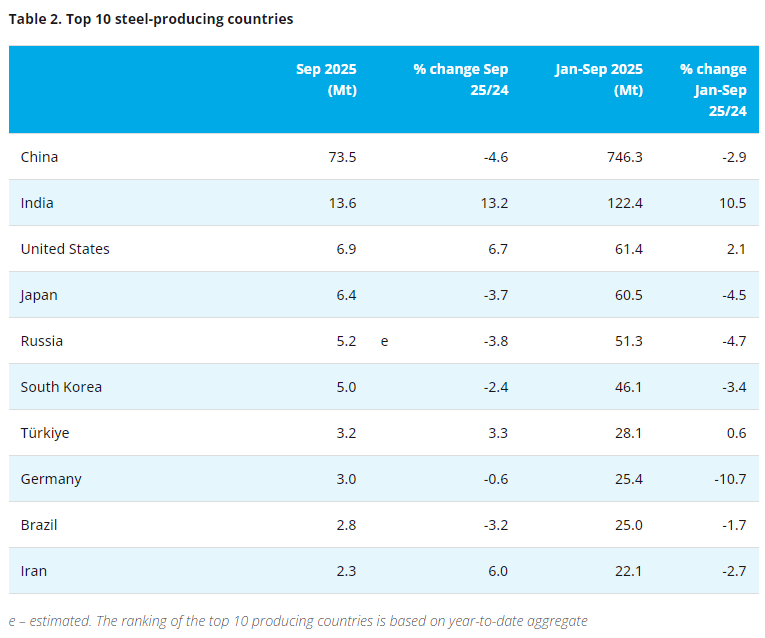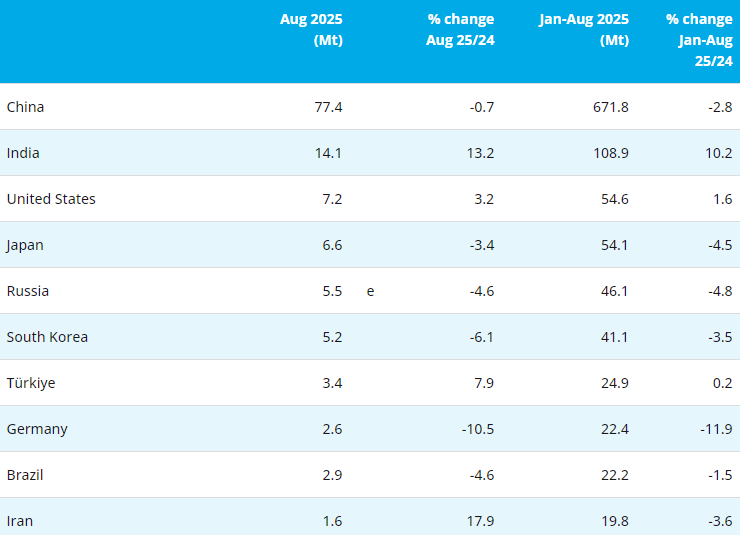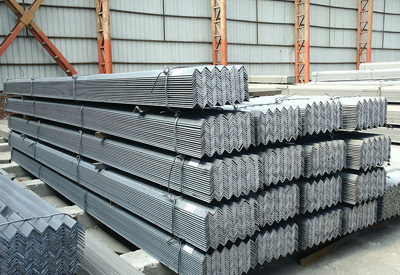[Ferro-alloys.com]Automotive lightweighting and China growth driving demand for magnesium
Roskill estimates that consumption of magnesium reached a new peak in 2012, 1.1Mt, with demand having grown by 5.5%py over the last decade. The largest end-uses for magnesium are die-cast magnesium and aluminium alloys, each accounting for a third of total consumption. The transportation industry is the largest consumer of die-cast magnesium and the second largest consumer of aluminium-magnesium alloys behind packaging.
The magnesium industry has benefited from a rise in automotive output, led by China, as well as increases in specific consumption of magnesium per vehicle as manufacturers seek to comply with government-imposed emission reduction targets and the rising cost of fuel impacting consumer buying trends. Continued lightweighting efforts mean growth in magnesium consumption is set to continue, at 5.0%py through to 2017. Die-cast magnesium use is likely to rise faster, at 6.5%py, but the market will be tempered by lower rates of growth in steel desulphurisation and iron nodularisation.
Growth in Chinese consumption has more than offset a slight fall in the rest-of-world (ROW) since 2007, and Asia now accounts for 43% of the global total, up from 35%. North America represents a further 20% of consumption, and Europe 15%. India and South Korea have shown strong growth over the last five years, but from a low base in volume terms, meanwhile Russian consumption has almost doubled owing to increased titanium production. Asia, more specifically China, will continue to exhibit the highest growth in demand for magnesium on a regional basis through to 2017.
China dominates global supply, but internal competition is often overlooked
Production of primary magnesium continues to be dominated by China, which Roskill estimates accounted for 75% of global output in 2012. Russia and the USA together represent a further 16%, followed by smaller contributions from Israel, Kazakhstan, Brazil, Serbia and the Ukraine. Malaysia and South Korea have entered the market in recent years, albeit on a small scale, but these and some limited expansions at existing operations have done little to dampen China's growing share. Secondary magnesium, output of which totalled 211kt, is sourced mainly from die-cast scrap. For secondary material, North America is the main contributor to secondary supply, followed by Europe, as these regions remain large magnesium-based product users.
China's leading position in primary magnesium output reflects the domestic availability and low cost of ferrosilicon and energy (in the form of coal, coke and electricity), which are the main inputs to the energy-intensive, thermal Pidgeon process favoured in China. Nevertheless, faced with rising energy prices and government pressures to lower emissions, Chinese magnesium companies have invested in process optimisation to lower costs. Although China is often viewed as one entity when considering magnesium supply, internally the industry is also highly competitive, with recent increases in coke-gas availability resulting in a shift in domestic output to Shaanxi, thus limiting growth in Shanxi and Ningxia and resulting in the loss of output elsewhere.
The low CAPEX of Pidgeon process plants means a shift in domestic output from province to province is relatively straightforward, but has resulted in significant overcapacity. Roskill estimates Chinese primary capacity at 1.3Mt, but of that only 0.8-0.9Mt is utilised; the remainder is mothballed or uneconomic. This trend caused at least one major producer in China to shutter output in 2012, and is also a factor driving industry consolidation.
Despite cost competitiveness and overcapacity in China, a new 100ktpy electrolytic plant in Qinghai is due to open during 2013, which could further alter the domestic landscape. Several companies using new processes, or variations on existing electrolytic and thermal methods, also continue to investigate primary magnesium production in other countries, especially Australia and Canada. However, unless these projects can compete with Chinese Pidgeon process costs and be economic at current and forecast near-term pricing levels of US$2,500-3,000/t, China looks set to steadily increase its share of the market as demand grows.
Copyright © 2013 Ferro-Alloys.Com. All Rights Reserved. Without permission, any unit and individual shall not copy or reprint!
- [Editor:editor]



 Save
Save Print
Print Daily News
Daily News Research
Research Magazine
Magazine Company Database
Company Database Customized Database
Customized Database Conferences
Conferences Advertisement
Advertisement Trade
Trade















 Online inquiry
Online inquiry Contact
Contact

Tell Us What You Think